Most vehicles are expected to show their age after clocking hundreds of thousands of miles. Yet, some defy expectations by developing a distinct character and visual appeal that only comes with time and use.
Dings, faded paint, and worn interiors can tell stories of adventure and reliability, transforming ordinary cars into cherished legends.
This phenomenon isn’t just about mechanical endurance; it’s about how certain vehicles gain personality and charm as they accumulate miles.
In this article, we explore fifteen remarkable vehicles that looked even better—and earned more admiration—after surpassing 400,000 miles, proving that true automotive beauty is more than skin deep.
Most cars begin to lose value the moment they leave the dealership, succumbing to the relentless force of depreciation. Yet, a select few models have managed to buck this trend, transforming from everyday transportation into coveted collector’s items.
What drives this phenomenon? Rarity, iconic design, racing pedigree, and cultural significance all play their part in turning ordinary cars into blue-chip investments.
Classic car auctions and passionate enthusiasts have propelled prices skyward, sometimes making these vehicles worth many times their original sticker price.
For some, owning such a car is about nostalgia; for others, it’s a savvy financial move.
As we explore these automotive legends, we’ll see why certain models have become more valuable now than ever before.
The recent Pick of the Day on the Alfa Romeo Montreal got me thinking about the cars that it may have influenced. I’ve had it in my mind that 1971 Plymouth Satellite Coupes were inspired by the Montreal. The shapes are somewhat similar, and if you look at a Road Runner with the optional strobe stripes, it does look like John Herlitz and his team gleaned something from Bertone.
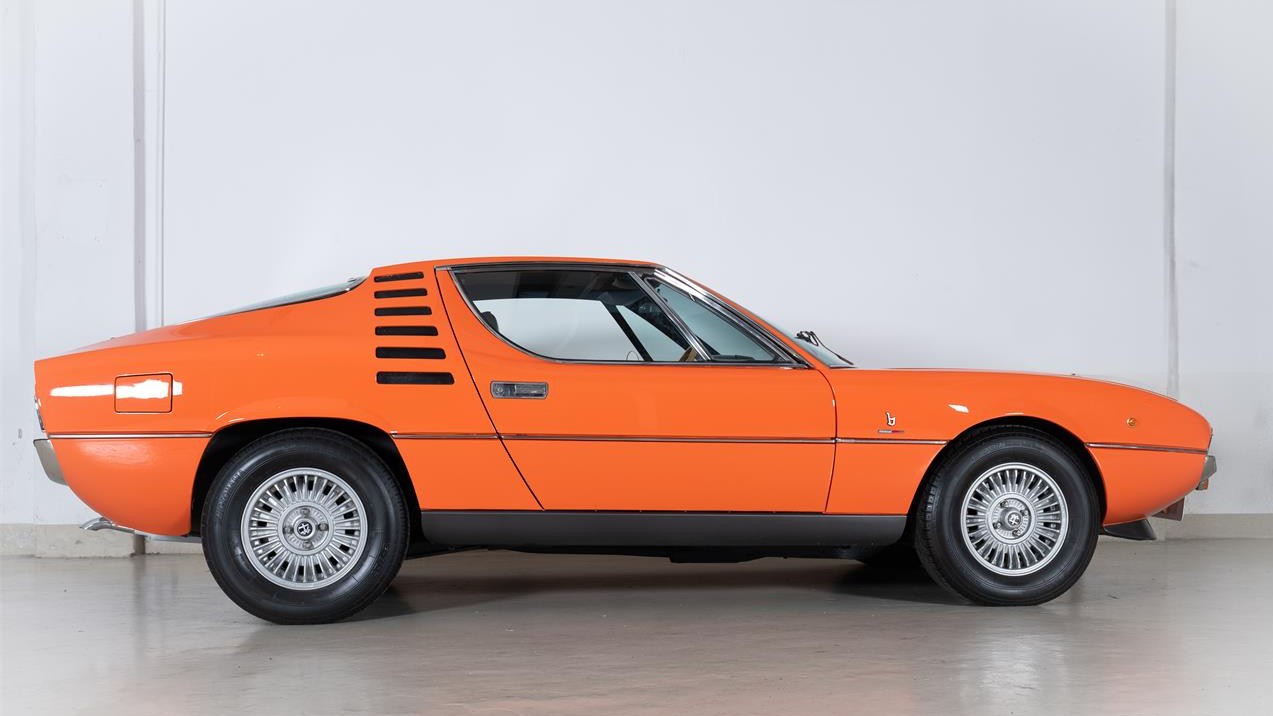
Of course, the symbiotic relationship between Italy and Detroit was not new—in fact, Donald Osborne wrote “Stile Transatlantico” (Transatlantic Style) specifically for the purpose of showing decades of backs and forths between designers on both sides of the Atlantic.
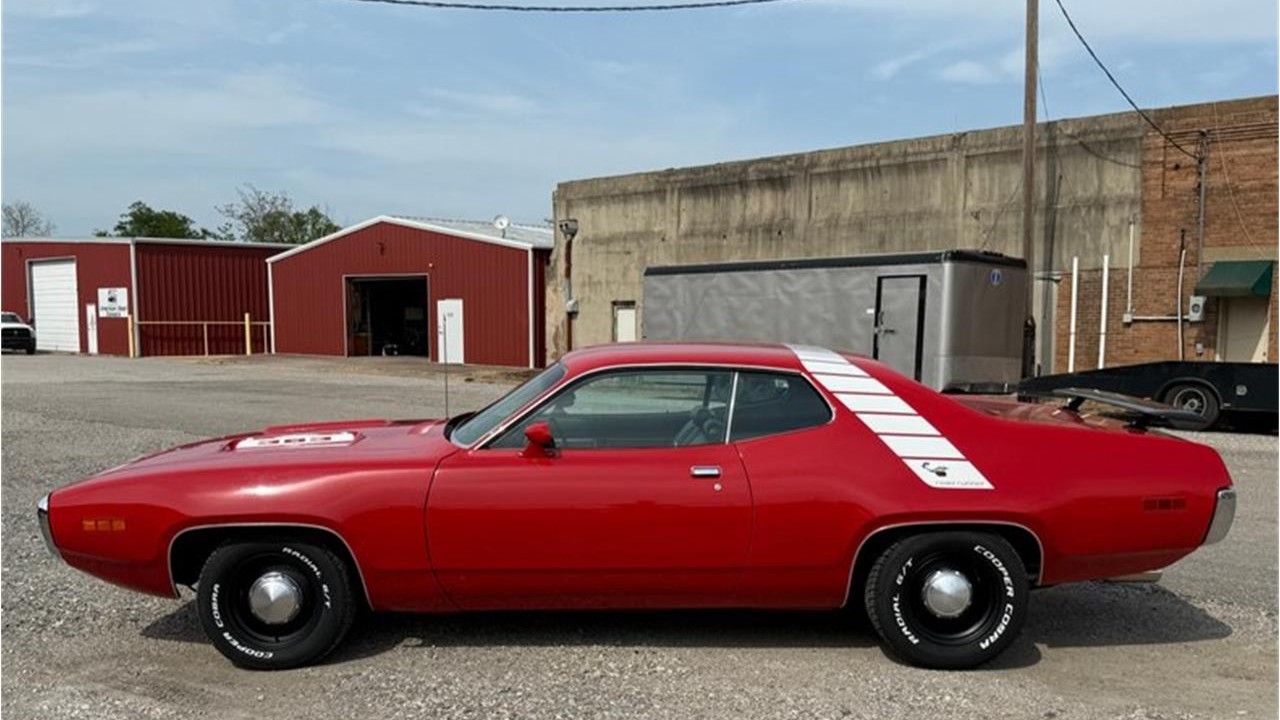
While writing the Pick of the Day, I learned that the Montreal’s C-pillar gills were copped from the Bertone/Giugiaro-designed Alfa Romeo Canguro. This Alfa Romeo TZ-based show car first appeared at the 1964 Paris Motor Show as part of a competition spurred by Alfa to see whether Bertone or Pininfarina could prepare a better design for a road-going version of the TZ. Notable were a stack of front fender vents to allow the engine to cool.
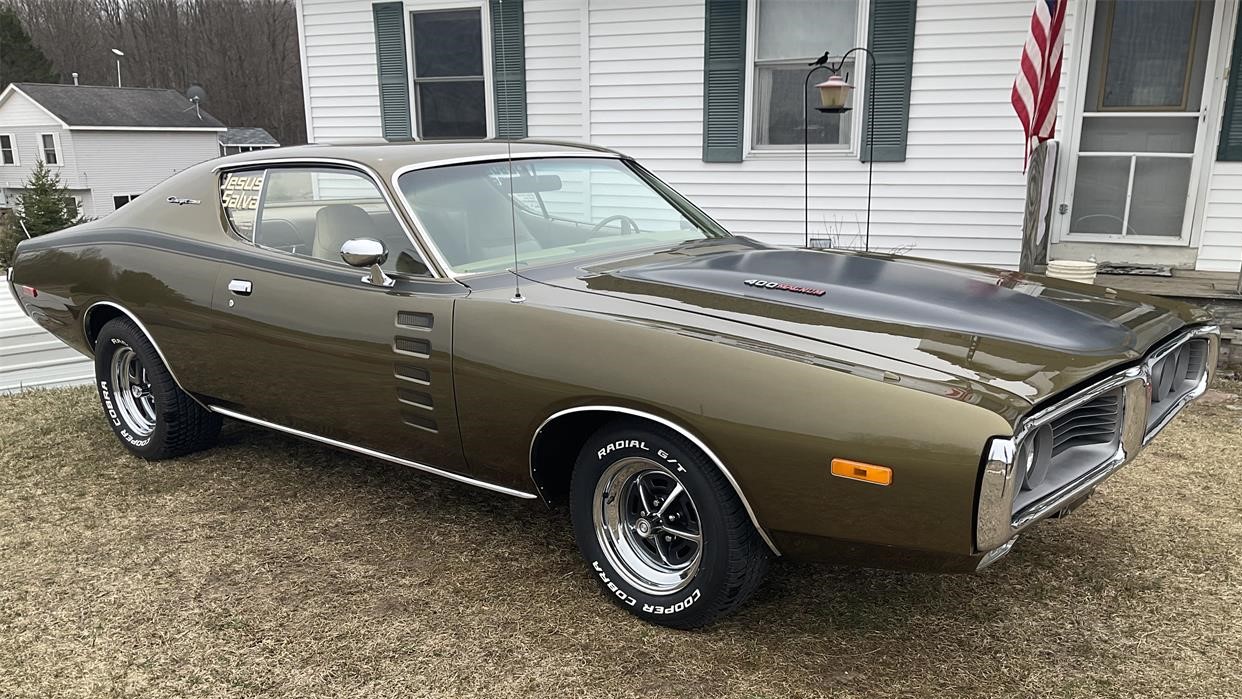
As you may have noticed, the Montreal (and the concept car that preceded it) adopted a similar motif, but along the C-pillar. It is said that this design was used to imply the vehicle was mid-engined even though the engine was mounted in the front. Upon seeing the Canguro, my mind immediately went to the 1972 Dodge Charger Rallye, which featured doors that mimicked this design.
So, it’s quite possible that the Canguro influenced the Alfa Romeo Montreal, 1971-72 Plymouth Road Runner, and 1972 Dodge Charger Rallye. I don’t have proof—just circumstantial evidence. What say you?
When I do research for articles, AutoHunter Spotlights, and Pick of the Day pieces for this website, I typically consult the particular vehicle’s window sticker, brochures, and press kits for specifications and information. Another resource full of helpful facts—about General Motors vehicles—is the GM Heritage site.
GM Heritage tells you the story of company founder William Durant and how he built the American automotive giant. Various short summaries highlight key moments in GM’s first 100 years, such as when Durant regained control after a six-year absence, the founding of the Milford Proving Ground in 1924, and the debut of the Buick Y-Job, “the first step in the evolution and popularization of concept cars within the automotive industry.”
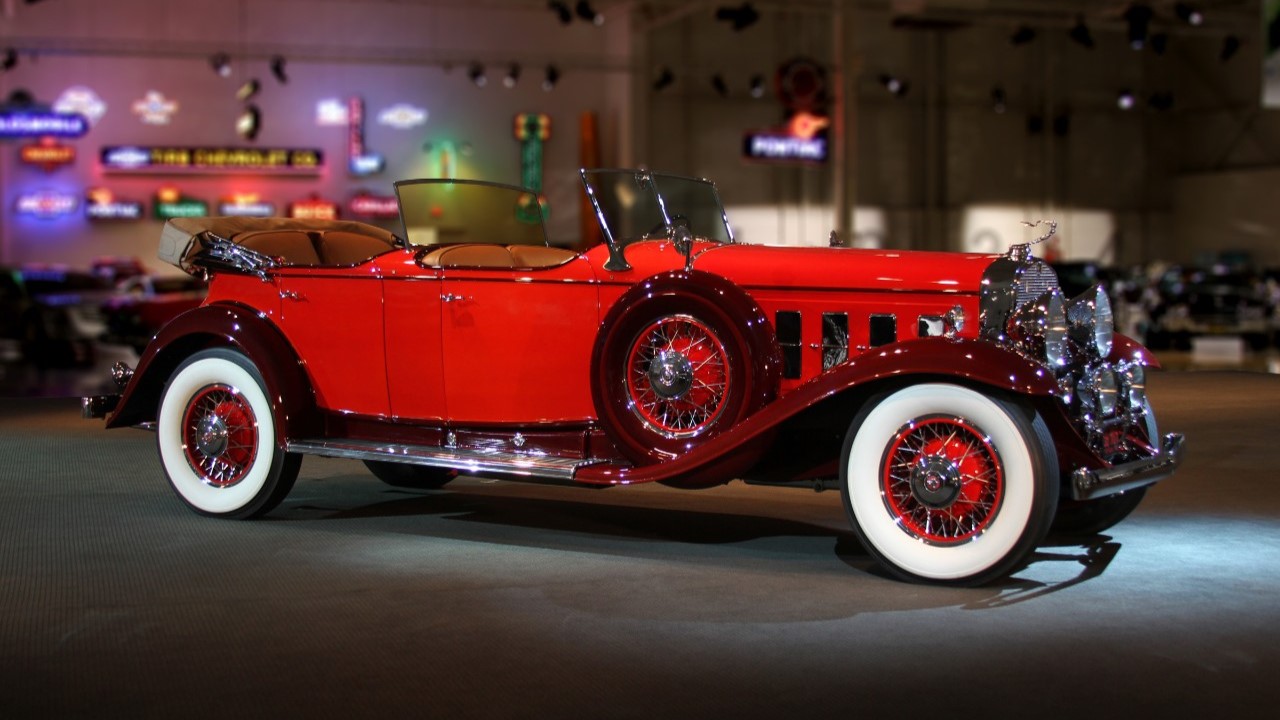
There’s also a section devoted to some of the notable Chevrolet cars and trucks, Oldsmobile, Buick, Cadillac, GMC, Pontiac, and concept vehicles in the GM Heritage Collection. Those include a ’31 Cadillac V-16, ’63 Corvette Stingray, and ’70 Buick GSX. Each one has its own short write-up and small gallery of pictures.
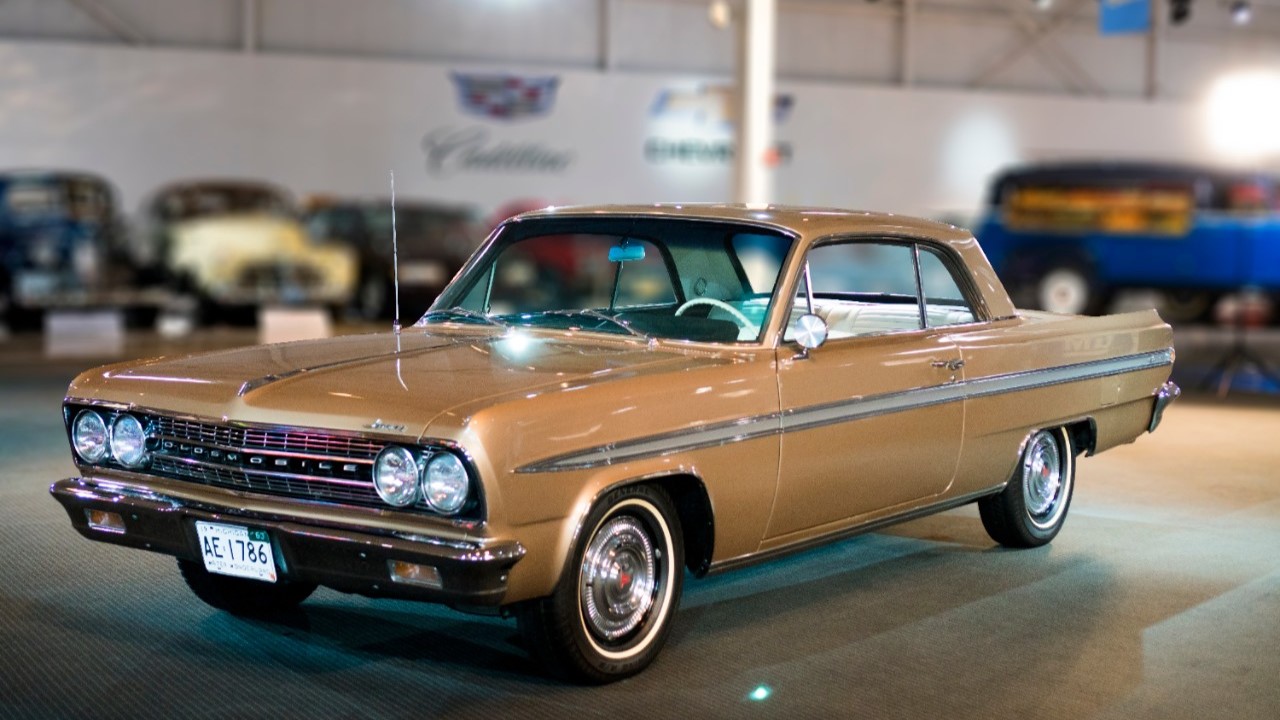
What I’ve found the most useful on a few occasions is the GM Heritage Archive, which holds “more than 250,000 unique historical documents consisting primarily of product catalogs, sales brochures, press materials, promotional records, engineering information and service information.” Although its 900-plus Vehicle Information Kits don’t cover Pontiac, Buick, and GMC, they contain detailed technical and marketing information for many Chevrolet, Cadillac, Oldsmobile, and even Geo vehicles (how that brand made the cut and Pontiac didn’t, who knows?).
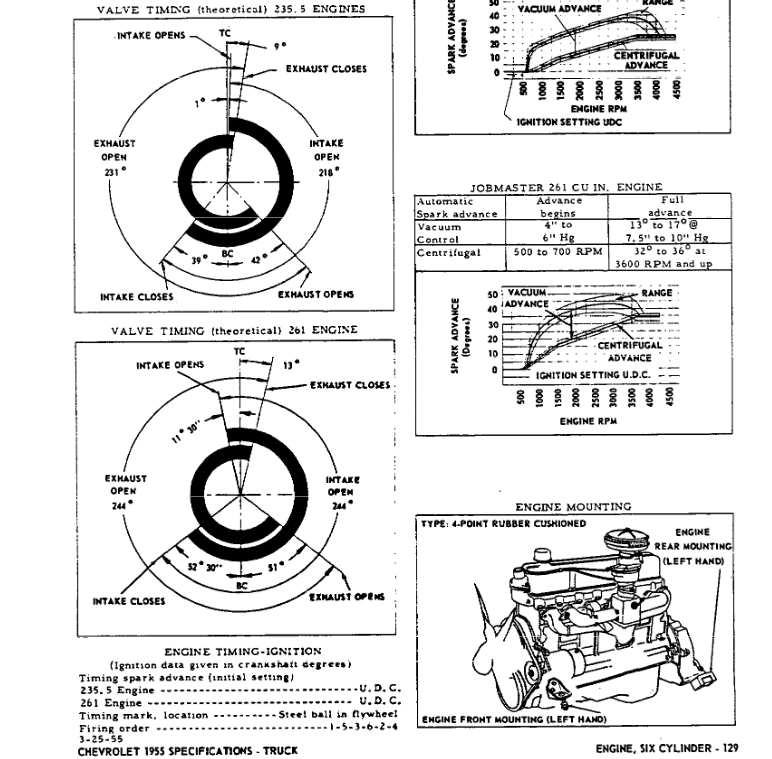
Want to know the valve timing of the 1955 Chevy Second Series trucks’ 235.5ci I6 engine? The info kit has a diagram of it. If you want to read the press release about the ’57 Cadillac Eldorado Brougham, you can. Need to brush up on your 1970 Oldsmobile option codes? Click here!
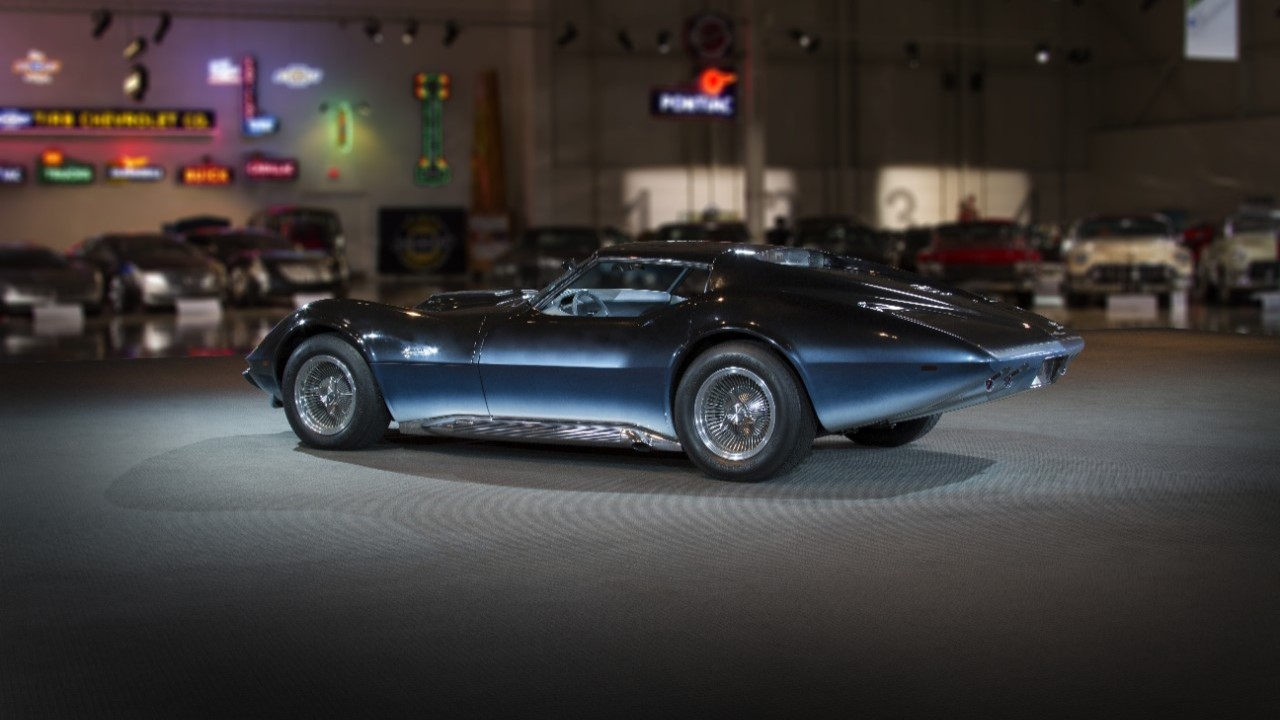
Those are just tiny bits of the information you can find on the GM Heritage site, which you could spend days exploring, stuffing your brain with useful facts and figures from General Motors’ long history. I know I’ve learned a lot from it. I look forward to learning even more and sharing some of that knowledge with you.
Many of the world’s most beloved vehicles didn’t roll off the assembly line as instant classics. In fact, some of them teetered on the edge of failure before a dramatic mid-production pivot transformed their fate. Whether prompted by shifting market demands, unforeseen engineering setbacks, or a sudden spark of creative genius, these changes proved pivotal.
What began as uncertain projects became automotive legends, redefining standards and capturing imaginations. This article explores 20 vehicles that took a bold new direction mid-production—and emerged far stronger for it. Their stories prove that sometimes, a twist in the road leads straight to greatness.
I admit I have loved the Pontiac Trans Am ever since I first saw the film “Smokey and the Bandit” as a kid. That black Trans Am with Burt Reynolds behind the wheel and Sally Field in the passenger seat became a car I always wanted. Sadly, for a number of reasons, I have not owned one – but have driven many.
Despite my love affair with the later-generation Trans Am in my younger years, my all-time favorite Trans Am (and one of my all-time favorite pony cars – even more than the 1960s Camaro Z28) is the first-generation Trans Am.
Featured on AutoHunter is this 1969 Pontiac Trans Am. The car is being offered by a dealer in Mankato, Minnesota, and the auction will end Tuesday, July 22, 2025, at 11:30 a.m. (PDT).

That first model had a purity of design and, while still a bit outrageous, also incorporated performance body options more subtly, with only a small Trans Am logo on the front fenders instead of the big bird covering the entire hood. It also offered great engine combinations and enough vents, spoilers and scoops to really look like a 1960s race car for the street. An interesting footnote about the 1969 Trans Am is that, despite its name, it never competed in the Trans Am racing series for which it was named. In fact, using the name also caused some issues for GM, because “Trans Am”‘ was used without permission from the SCCA, the sanctioning body and creators of the Trans Am series. They threatened to sue GM, but the automaker settled the issue by agreeing to pay $5 to the SCCA for each Trans Am it sold.
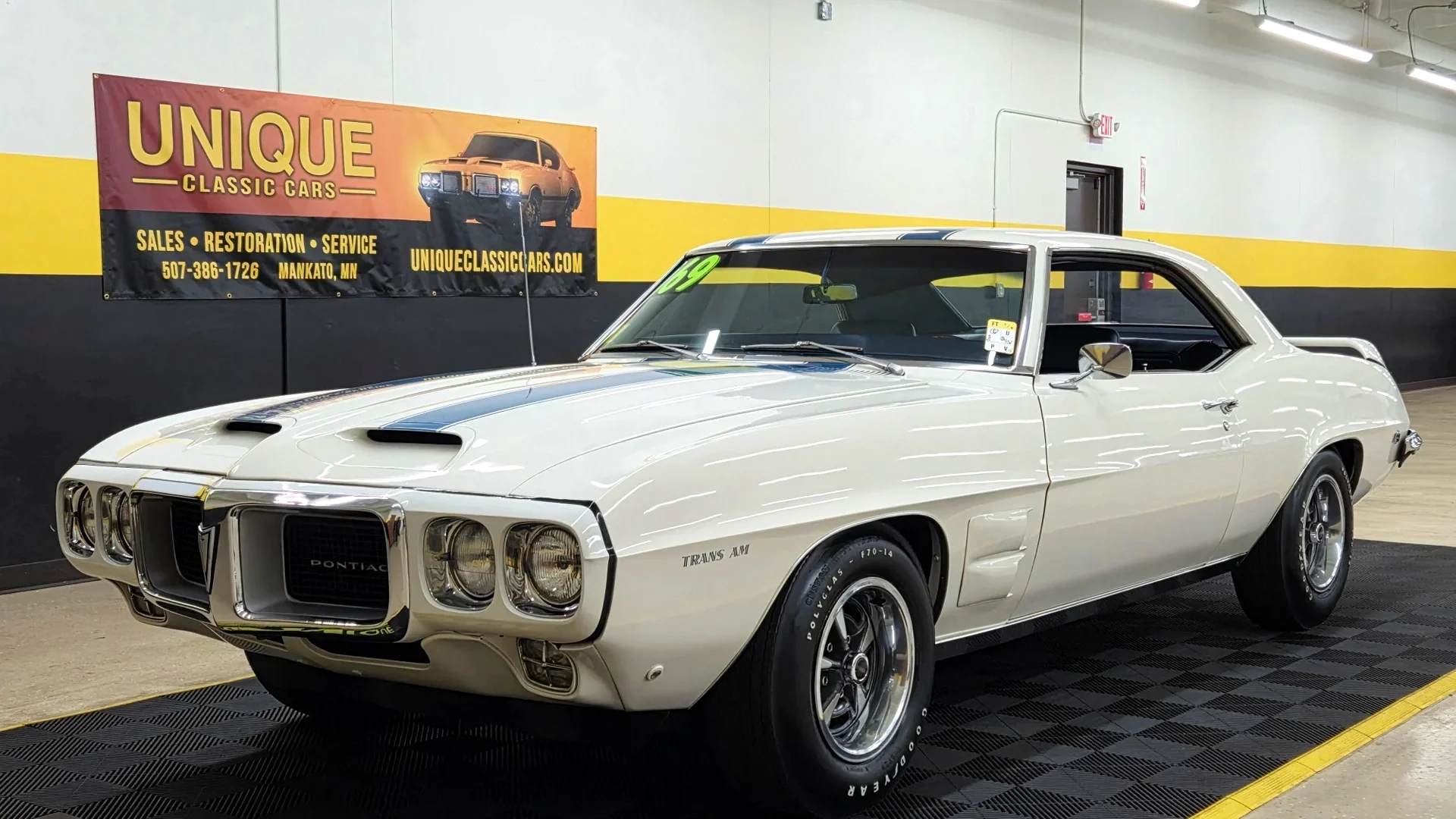
The seller describes this 1969 Trans Am as being powered by its original numbers-matching L74 400 HO Ram Air V8 mated to the original three-speed Turbo Hydra-Matic 400 automatic transmission. Finished in Cameo White with blue racing stripes over a Dark Blue vinyl interior, this pony car is offered by the selling dealer with PHS documentation, factory service manuals, an options list from GM and a clear title.
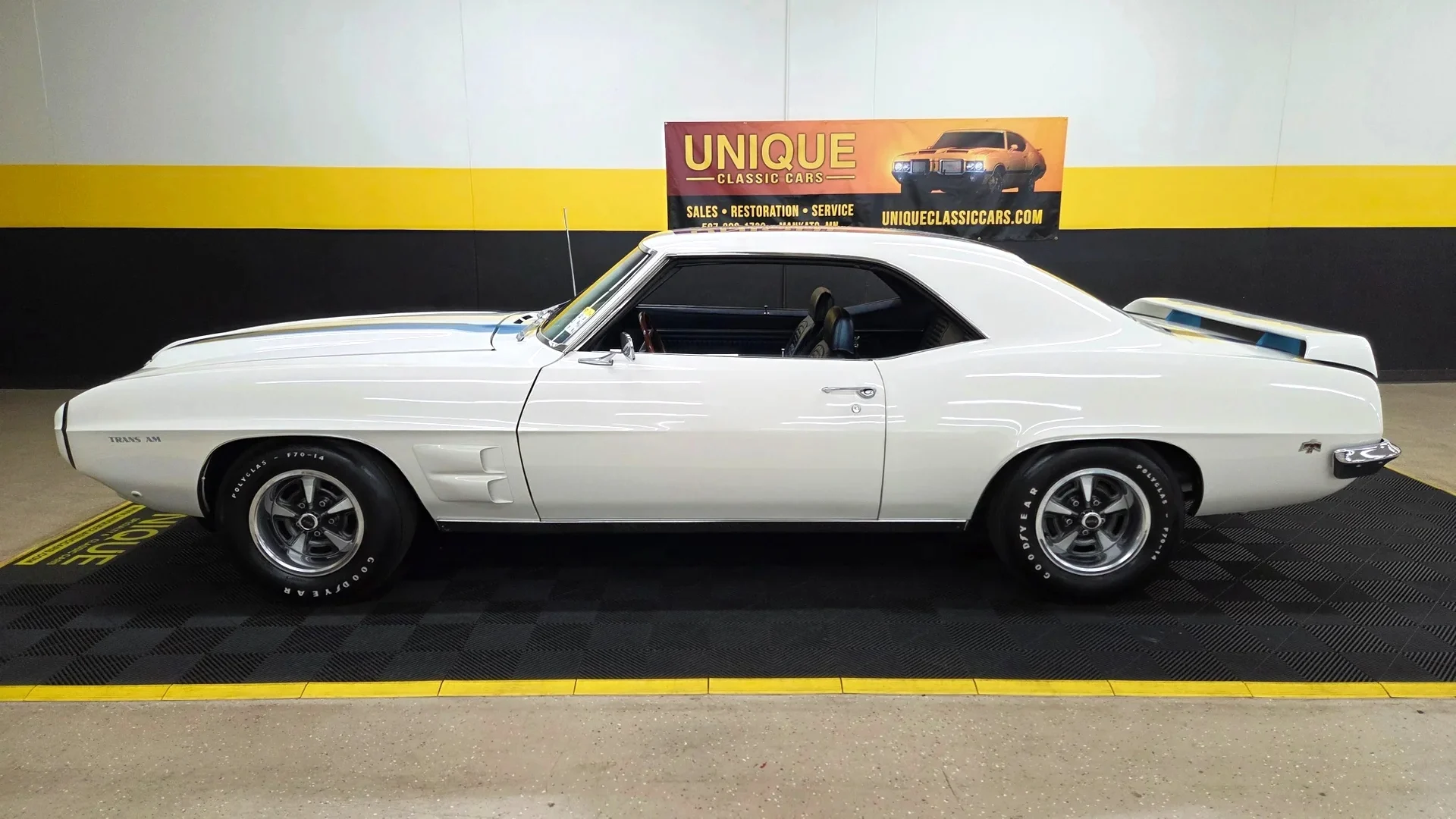
This, like any 1969 Trans Am, is a rare car, being only one of only 689 Trans Am coupes built and one of only 114 Firebird Trans Ams built with an L74 400ci engine and Turbo Hydra-Matic transmission.
The exterior looks to be in excellent condition, including the Cameo White paint. The seller does note there are some minor touch-ups from chips, but that’s it. It of course features its factory blue stripes, rear spoiler, Ram Air hood and side vents. The car rides on correct 14-inch Rally II wheels with correct F70 Goodyear Polyglas raised-white-letter bias-ply tires.

The Dark Blue vinyl upholstery also appears to be in excellent shape, apart from some minor scuffs on the driver’s seat. The car is super-correct and features burl vinyl applique, a center console with an automatic shifter and the correct wood steering wheel.

Under the hood lies the magic 400 HO Ram Air V8. I say “magic” because these Pontiac 400s are a sweetheart of an engine, with this one rated at 335 horsepower and 430 lb-ft of torque. Everything under the hood not only looks clean but also is correct. In essence, this is a show car you can drive. The seller does note there is a slight fluid leak from the power steering pump; an easy fix and something I would attend to, as this is a nice car and worth the work.

If you are looking for a late-1960s pony car that is one of the rarest ever built, with total production half of the 1969 Shelby Mustang, this is the one. While both cars are rare and cool, I still maintain these first-generation Firebirds are among the most stunning pony cars of all time.
If you are interested in this car, keep in mind it is on the clock, as the auction for this 1969 Pontiac Firebird Trans Am ends Tuesday, July 22, 2025, at 11:30 a.m. (PDT). Get out there and place a bid!
Visit the AutoHunter listing for more information and a photo gallery
The Toyota Camry is a powerhouse—not in terms of brute horsepower, but in terms of sales numbers. It’s a nameplate with high familiarity due to its long-term longevity and success: the first Camry was sold in the United States in 1983 and, chances are, sometime over the last 40-plus years since then, you have known someone who drove one (and maybe you owned one yourself). The model sold 309,876 units in 2024 alone, ranking eighth in top sales for the U.S. across every type of vehicle (not just among sedans).
But, as common as the Camry is, you might not have ever known much about the car that paved the way for it—as far back as 1964 in fact. It was called the Corona, and I found one listed that makes a perfect case study for a short history lesson.
The Pick of the Day is a 1968 Toyota Corona listed for sale on ClassicCars.com by a private seller in Sheridan, Wyoming.
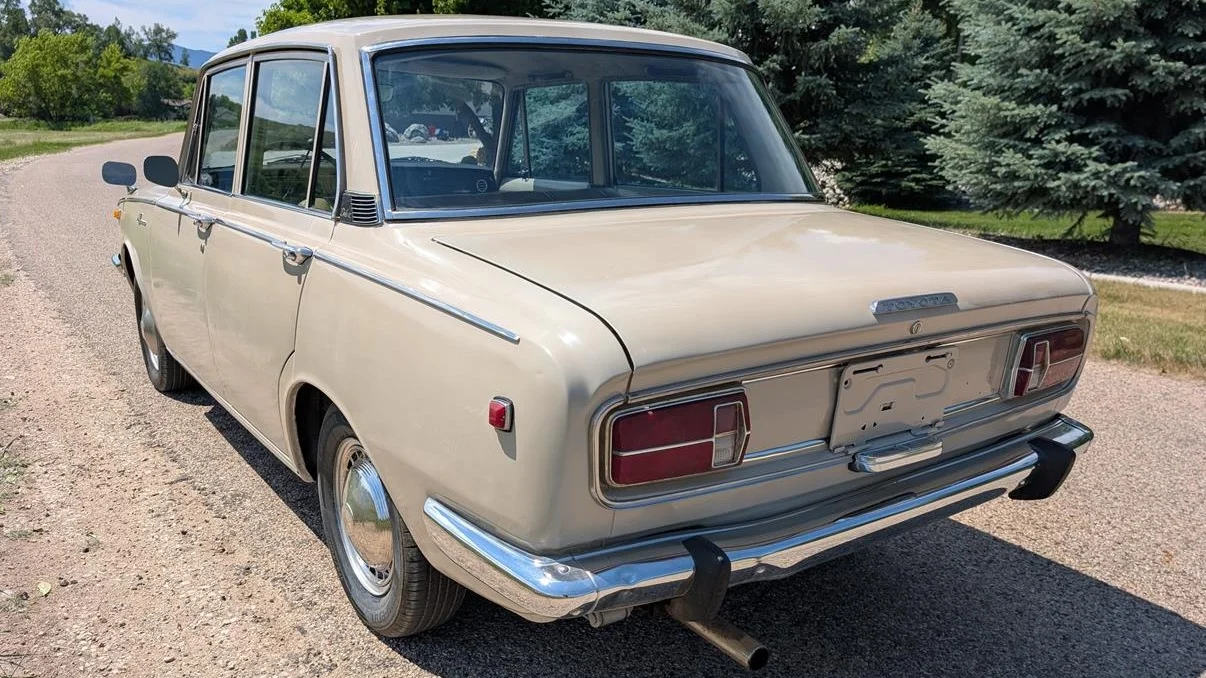
“95,000 miles—last known reading,” the listing says. “Newly painted, original Pluto Beige #1353 color applied.”
There are probably few cars as anonymous on the roads today as a beige Toyota. But this vintage one—which will hit 60 years old before we know it—stands out in a crowd. The Corona first launched as a compact rear-wheel drive car in 1957, marketed under the “Toyopet” name instead of Toyota. Sales fell short, so Toyota went back to the drawing board. A new-and-improved “RT40” series Corona entered the North American market in 1964 and received a much warmer reception. In fact, the Corona went on to be named 1969 Import Car of the Year by Road Test.
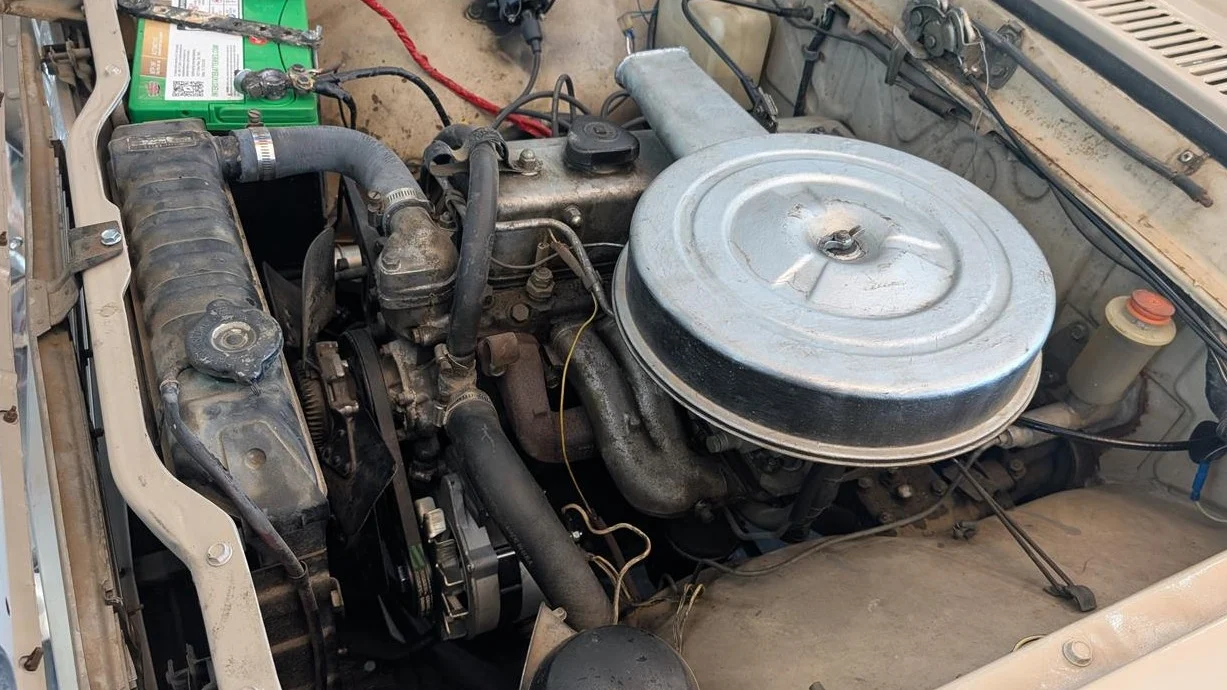
Power for this small sedan comes from a “3R” 1.9-liter inline-four mated to an automatic transmission. The seller itemizes a long list of recent service updates including replacement of the battery, alternator, fuel pump, fuel filter, carburetor, starter, spark plugs, points, fuses, thermostat, coolant hoses, oil pan gasket, air filter, engine oil, and more. The tires and shocks are new, so the chassis received some TLC in addition to the engine.
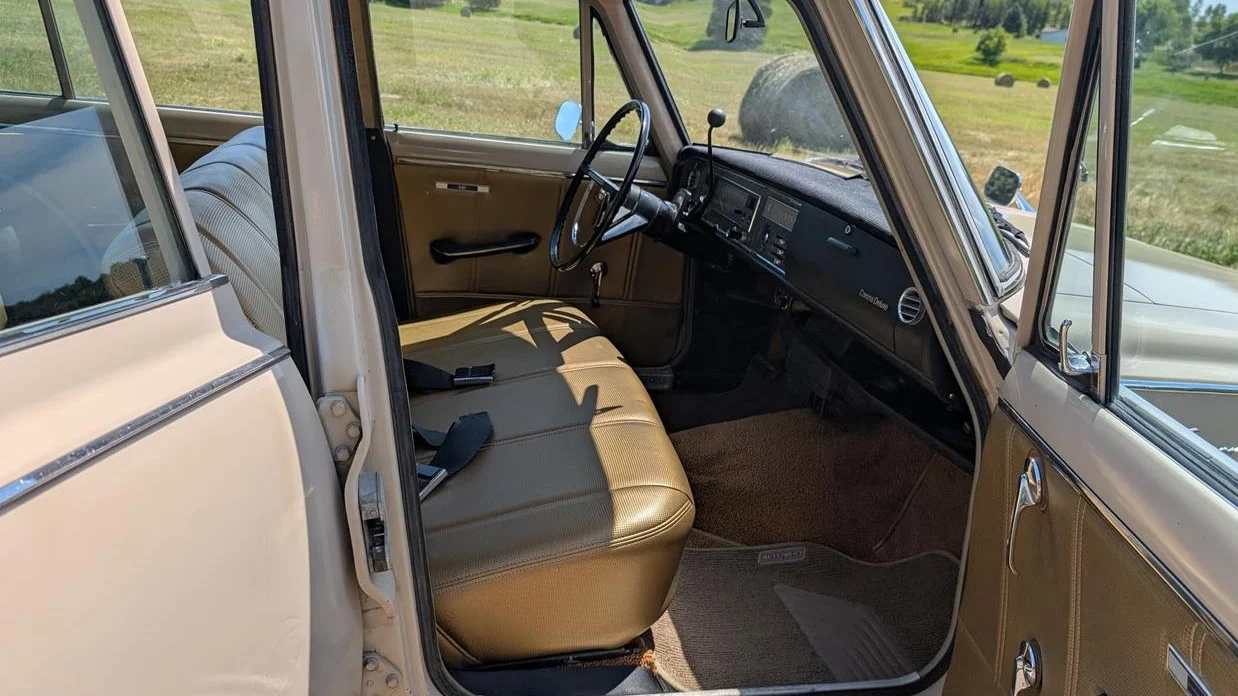
I was going to call the car “cute,” but maybe a better word is “charming.” In a time when the United States was in the midst of the muscle car wars and the Big Three were building big-block screamers, Toyota offered a little 89-horsepower four-cylinder that had 13-inch wheels, fender-mounted side-view mirrors and a “less is more” approach. As it turned out, the Corona was exactly what was needed to put Toyota on the map.
The asking price is $11,000 or best offer, and a repair manual will be included.
Click here to view this Pick of the Day on ClassicCars.com
For decades, certain cars seemed destined for obscurity—dismissed as outdated, impractical, or just plain uncool. Yet, in a remarkable twist, Millennials have breathed new life into these underdog vehicles. Thanks to shifting values, digital communities, and a love for nostalgia, models once written off are now cult favorites.
From quirky designs to misunderstood engineering, these cars have found fresh relevance among younger drivers who value individuality and story over status. This revival is more than a trend—it’s a testament to changing tastes and the powerful influence of online car culture.
Toyota’s reputation for bulletproof reliability is legendary, earning the brand unwavering trust from drivers around the globe.
Throughout the decades, Toyota engineers have meticulously designed cars to outlast the competition, often exceeding expectations by hundreds of thousands of miles.
This commitment to quality didn’t just shape Toyota’s image—it redefined what consumers expected from their vehicles.
In some cases, models became so durable that they challenged the traditional car-buying cycle, impacting resale values and even influencing Toyota’s business strategy.
It’s no wonder industry experts continually rank Toyota among the most dependable automakers worldwide, as seen in reports by J.D. Power and Consumer Reports.
These ultra-reliable Toyotas didn’t just stand the test of time—they changed the industry forever.
Volkswagen has long been synonymous with ingenious engineering and forward-thinking design.
From the earliest Beetle to modern marvels, VW has consistently infused its vehicles with clever features and advanced technology, often decades ahead of mainstream trends.
Yet, many of these innovations went unnoticed by everyday buyers, overshadowed by style or price.
Whether it was pioneering safety systems, creative use of space, or groundbreaking fuel efficiency, Volkswagen’s commitment to smart solutions set it apart from the competition.
As Volkswagen’s innovation legacy demonstrates, these vehicles were often far more sophisticated than buyers realized at first glance.
